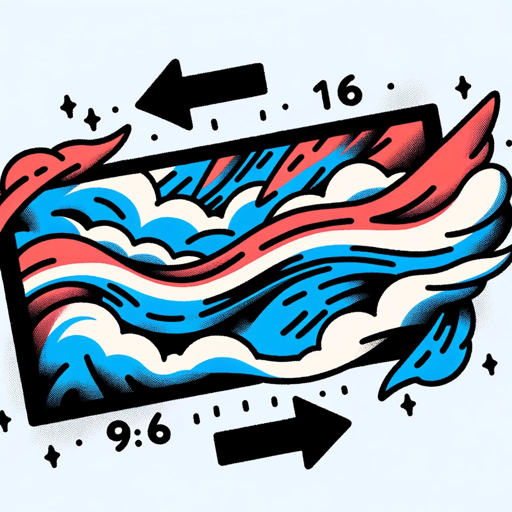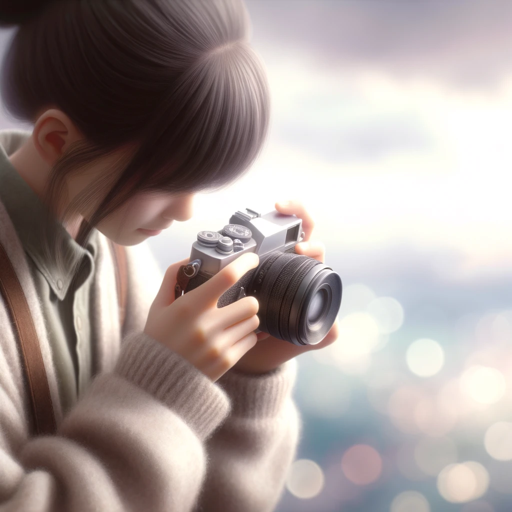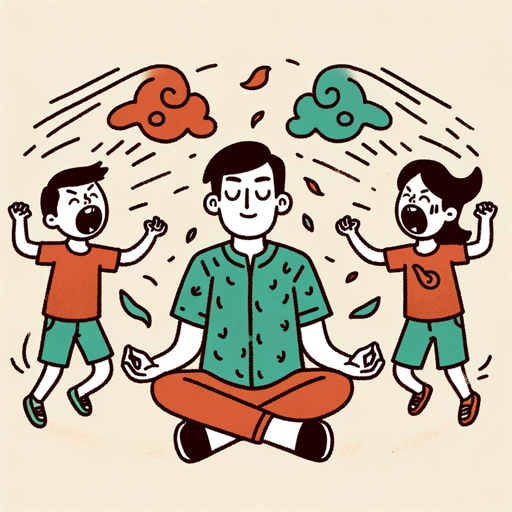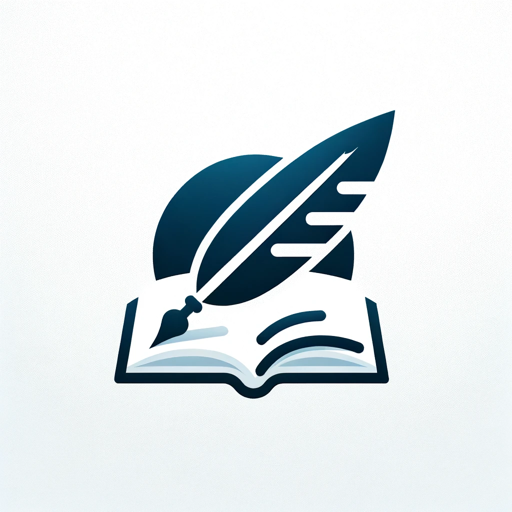Detect AI Generated Images-AI-based image analysis tool
AI-Powered Detection of Fake Images
Is this photo AI-generated?
Explain why this image might be AI-generated.
Analyze the realism of this picture.
How can I tell if this photo is AI-generated?
Related Tools
Load More
Image Generator
Generates similar images in 16:9 or 9:16 ratios based on an uploaded image and image format is png or jpg

Image Generator
Generate images reflecting precisely selected artistic styles

Real Image GenE
Generates lifelike stock, style, and animal photos.

Advanced AI Image Generator
Blend styles from Midjourney, Dall.e 3, and Stable Diffusion to craft unique images.

ImageGacha
Generate images beyond human imagination!
Photographic Images
Create stunning photographic style images, without complex prompting.
20.0 / 5 (200 votes)
Introduction to Detect AI Generated Images
Detect AI Generated Images is an AI-powered tool designed to analyze photos and determine whether they are AI-generated or created through natural means. It operates by assessing various visual elements in an image, such as inconsistencies in textures, lighting, unnatural patterns, and pixel-level anomalies that are often characteristic of AI-generated content. The system uses a scoring mechanism, ranging from 1 to 10, to indicate the likelihood of an image being AI-generated, with '1' suggesting low probability and '10' indicating a high likelihood. This tool is particularly useful in the current digital landscape, where AI-generated images have become widespread, often used in social media, advertising, news, and deepfake content. For example, a user might submit a portrait photo that appears human-made but exhibits slightly unusual eye shapes, skin textures, or lighting discrepancies. Upon analysis, the tool could assign a score of '8', suggesting it's highly likely the image is AI-generated, and point to specific anomalies in the facial features or texture patterns. Detect AI Generated Images serves as a safeguard against the manipulation of digital content, providing users with insights into image authenticity.

Key Functions of Detect AI Generated Images
AI Detection Scoring
Example
A user uploads an image they suspect was altered or entirely generated by AI. The tool analyzes the image and provides a score of '7', indicating that it is likely AI-generated. The score is based on detecting unnatural textures and discrepancies in lighting patterns.
Scenario
This function is particularly useful for journalists or social media platforms that need to verify the authenticity of images in news reports or online posts, helping to reduce the spread of misinformation.
Detailed Analysis of Image Anomalies
Example
After uploading a scenic landscape, a user receives a detailed breakdown of unusual patterns in tree textures and lighting shadows, which are often generated by AI image models. The report explains these as indicators of synthetic generation.
Scenario
Content creators or designers may rely on this function when assessing stock images, ensuring that they are using authentic, non-AI generated visuals for marketing or professional materials.
Identification of Subtle AI Manipulations
Example
A photographer submits a portrait for analysis and finds out that certain skin smoothness effects and lighting angles in the image, which were barely noticeable, are flagged as possible AI edits.
Scenario
This function is crucial for professional photographers or artists who want to ensure the integrity of their work remains untouched by AI manipulations, or for contest judges evaluating the authenticity of submissions.
Target User Groups for Detect AI Generated Images
Journalists and Media Outlets
In an era of deepfakes and misinformation, journalists and media organizations are increasingly responsible for verifying the authenticity of the images they publish. Detect AI Generated Images provides a vital tool for quickly assessing whether photos or videos accompanying a story have been manipulated or generated by AI. This ensures the integrity of news reporting and protects against spreading false or misleading visuals.
Content Creators, Designers, and Photographers
These professionals often need to source or create images for their work and need to be sure of the authenticity of the visual content they are using. Designers using stock photos, photographers ensuring their work remains untouched by AI, or content creators looking to avoid AI-generated visuals for a project all benefit from using this tool. It helps them ensure their artistic vision and credibility remain intact.

Guidelines for Using Detect AI Generated Images
Visit aichatonline.org for a free trial without login, also no need for ChatGPT Plus.
Simply go to the website, and begin a free trial without requiring an account or subscription to ChatGPT Plus. No registration is needed to get started.
Upload or provide the image you want to analyze.
Choose the image from your device or paste a link to the image. Ensure the file is in a supported format (e.g., JPG, PNG).
Wait for the analysis to complete.
Once the image is uploaded, the tool will process it in a few seconds, providing an AI generation score and detailed analysis.
Review the AI score and analysis.
Examine the AI-generated likelihood score (from 1 to 10) and the accompanying insights that explain unusual patterns or features in the image.
Use the feedback for decision-making.
Based on the analysis, determine whether the image is AI-generated or authentic, applying the findings to your specific use case (e.g., content verification or academic purposes).
Try other advanced and practical GPTs
AI Text Refine & Detect
AI-Powered Text Refinement & Detection

AI Detect
Detect AI-generated text effortlessly

Mail Secretary
AI-powered email drafting made easy.

E-Mail-Text-Optimierer
AI-powered email refinement tool

MaiL Scout - Email Assistant
AI-powered email assistant for accuracy.

Redaction mail
AI-Powered Email Draft Refinement

Crypto Force
AI-powered cryptocurrency analysis platform.

SEO Helper ABO
AI-powered SEO for Your Content.

Text Formatter
AI-powered tool to reformat text instantly.

Abogado jurídico
AI-powered legal insights and strategy.

parent help
AI-powered parenting guidance

JSON Translator
AI-powered JSON Translation, Simplified.

- Content Creation
- Social Media
- Research Analysis
- Image Verification
- Art Authentication
Frequently Asked Questions about Detect AI Generated Images
What types of images can be analyzed by Detect AI Generated Images?
The tool supports standard image formats like JPG and PNG. You can analyze portraits, artwork, stock images, and other visuals to detect AI generation.
How accurate is the AI generation score?
The tool uses advanced AI algorithms to evaluate the likelihood of image generation. While the score provides a strong indication, it is recommended to cross-verify in critical use cases.
Can I use this tool without any technical knowledge?
Yes, Detect AI Generated Images is user-friendly and requires no technical background. Simply upload your image, and the tool will handle the analysis.
How fast is the analysis process?
The tool processes and returns results within seconds, even for high-resolution images, ensuring a quick and efficient user experience.
In what situations is Detect AI Generated Images most useful?
It is ideal for content creators, social media users, educators, and researchers who need to verify image authenticity or detect manipulated visuals in academic and professional settings.